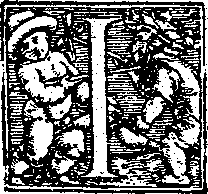 n my earlier post on Dark Decor, I posted an image of a large ceramic stove in the Et Hem Hotel in Stockholm, Sweden. I was quite intrigued by this huge, beautiful contraption so I decided to do some research on it. It turns out that this kind of stove is called a “Kakelugn”, Swedish for a tiled stove.
n my earlier post on Dark Decor, I posted an image of a large ceramic stove in the Et Hem Hotel in Stockholm, Sweden. I was quite intrigued by this huge, beautiful contraption so I decided to do some research on it. It turns out that this kind of stove is called a “Kakelugn”, Swedish for a tiled stove.
Apparently, during the 18th century there was a shortage of firewood in Sweden, due to a demanding iron industry. So the King of Sweden instructed Carl Johan Cronstedt and Fabian Wrede to design a stove that would radiate lots of heat demanding small amounts of firewood. Their design was a brilliant combination of clever technology and aesthetics. The heat started by a small fire circulates in vertical brick channels up and down the construction, taking a long time to finally reach the chimney. This heats up the large stove to about 1200C (instead of 700C for a regular stove). However, you can safely touch it and feel only warmth. One small fire will keep a room warm for up to 12 hours, so you only need to make a fire twice a day.
The Kakelugn was a huge innovation and had a tremendous impact on the ability to heat houses. During the 19th Century, Sweden had the best heated houses in all of Europe, even if they had one the coldes climates in Europe.
During the 1940’s and 50’s lots of Kakelugn were destroyed to make place for central heating. So it’s hard to find those beautiful old Kakelugn. But luckily, Kakelugn are newly produced again by companies such as Camina and Cronspisen. If you really want an original, then you might find one at Lindholm Kakelugnar.
Here’s a small collection for your inspiration, enjoy.
*************************************************************
 n een eerdere post over Dark Decor plaatste ik een foto van een grote, betegelde kachel in het Et Hem Hotel in Stockholm, Zweden. Ik werd erg nieuwsgierig naar die grote, mooie “installaties”, dus ik besloot om wat research te doen. Het blijkt dat deze hoge kachels “Kakelugn” heten, Zweeds voor een betegelde kachel.
n een eerdere post over Dark Decor plaatste ik een foto van een grote, betegelde kachel in het Et Hem Hotel in Stockholm, Zweden. Ik werd erg nieuwsgierig naar die grote, mooie “installaties”, dus ik besloot om wat research te doen. Het blijkt dat deze hoge kachels “Kakelugn” heten, Zweeds voor een betegelde kachel.
Tijdens de 18e eeuw was er blijkbaar een schaarste aan brandhout, want het meeste hout werd gebruikt voor de omvangrijke ijzer-industrie. Dus gaf de koning van Zweden aan Carl Johan Cronstedt en Fabian Wrede de opdracht om een kachel te ontwerpen die veel warmte afgaf en weinig hout gebruikte. Hun ontwerp was een briljante combinatie van slimme technologie en schoonheid. De warmte van een klein vuurtje circuleert op en neer in verticale luchtschachten. Het duurt daardoor langer voor de warmte om de schoorsteen te bereiken. Dit zorgt voor een interne verhitting van de kachel tot wel 1200C (ipv 700C voor een gewone kachel). Desondanks voelt de kachel van buiten alleen maar warm aan, je zult niet je handen branden. Een klein vuurtje in de ochtend is een Kakelugn is genoeg om de hele dag een kamer te verwarmen.
De Kakelugn was een enorme innovatie en had een grote impact op het vermogen om huizen warm te stoken. Tijdens de 19e eeuw had Zweden dan ook de best verwarmde huizen van heel Europa, ondanks het koude Scandinavische klimaat.
Gedurende de jaren 1940-1950 werden veel Kakelugn gesloopt om plaats te maken voor moderne centrale verwarming, doodzonde. Het is tegenwoordig dan ook best moeilijk om een originele Kakelugn te vinden. Maar gelukkig worden ze wel weer nieuw geproduceert door Zweedse bedrijven als Camina en Cronspisen. Als je een echte antieke Kakelugn wil, dan zou je er een kunnen vinden bij Lindholm Kakelugnar.
Hier is een kleine collectie Kakelugn ter inspiratie.
If you enjoy reading my blog, please consider giving my Facebook page a “like“

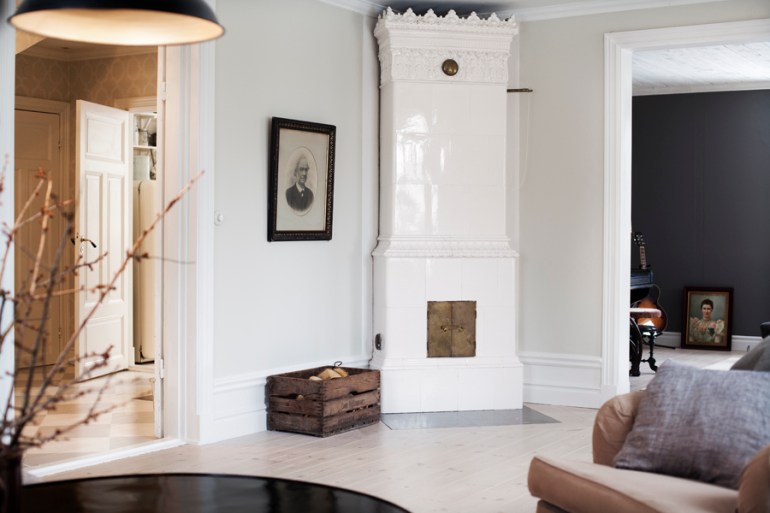
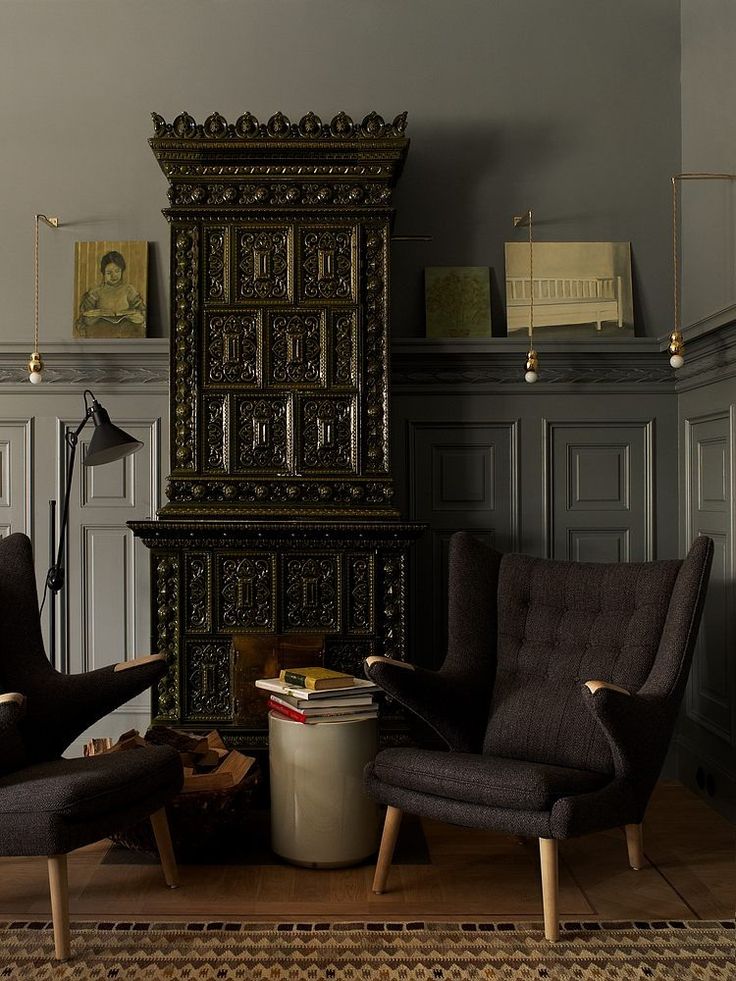
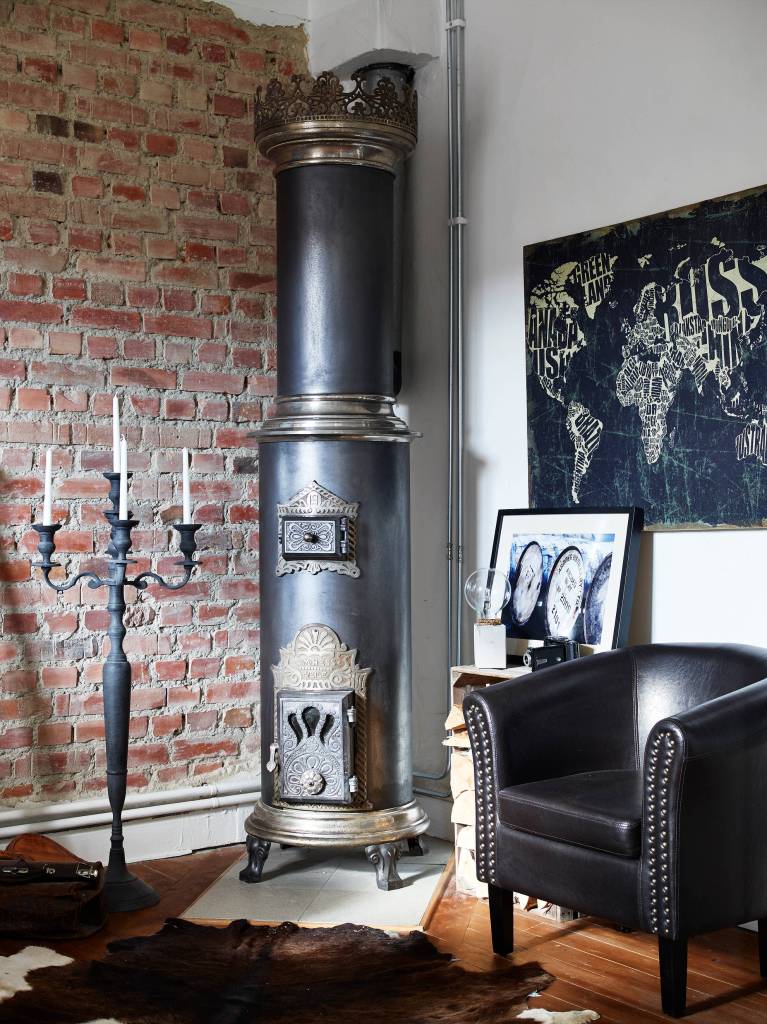
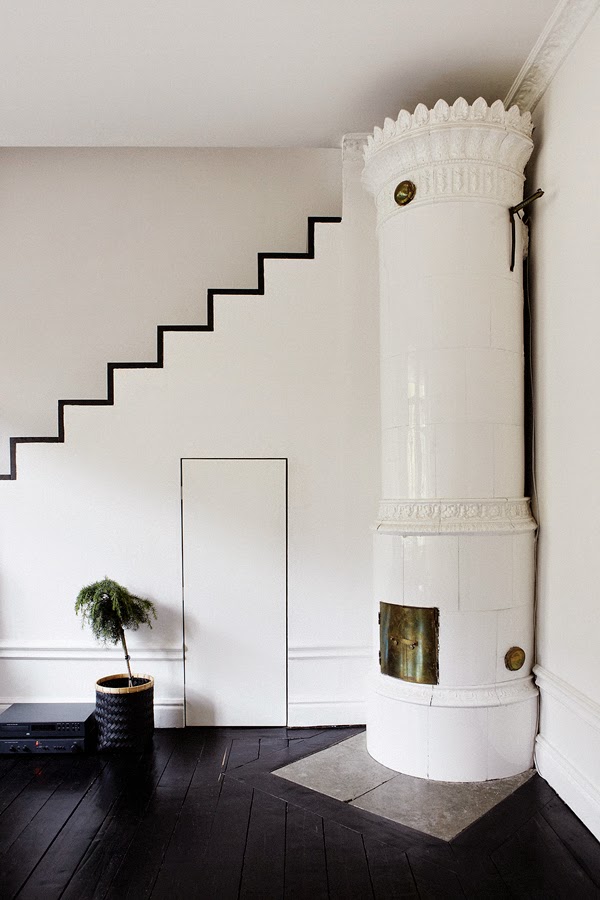
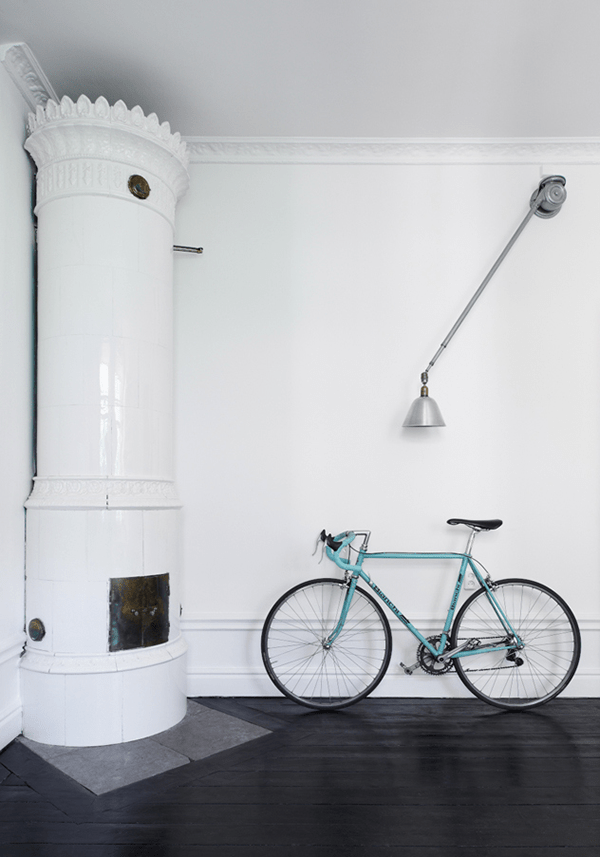
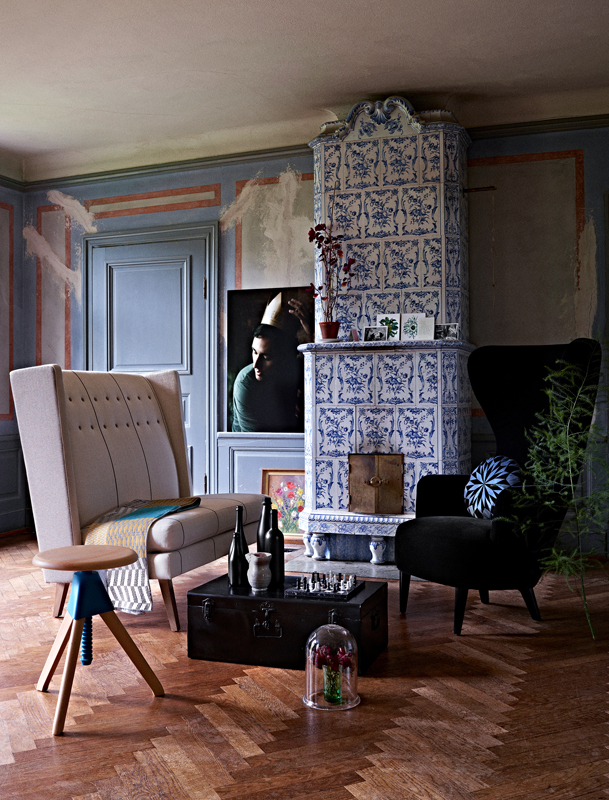
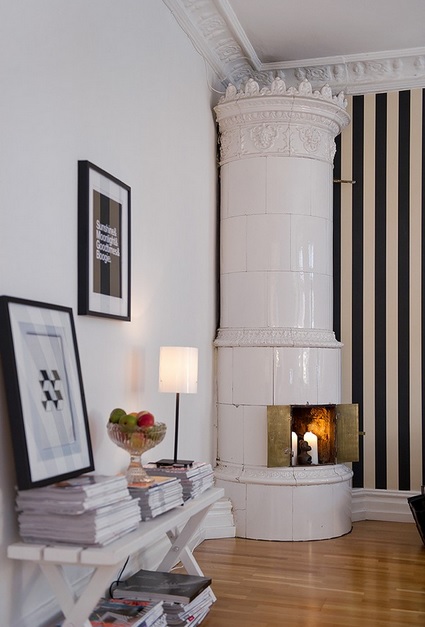
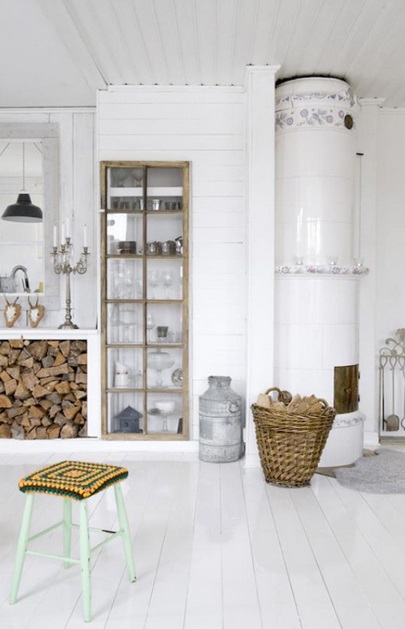
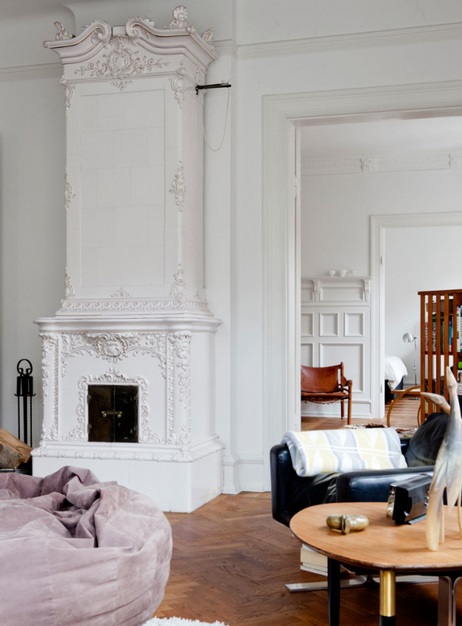
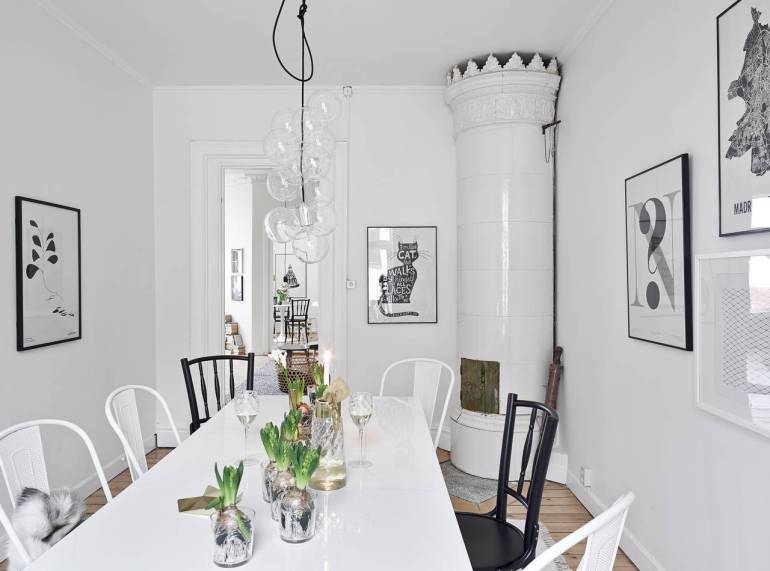
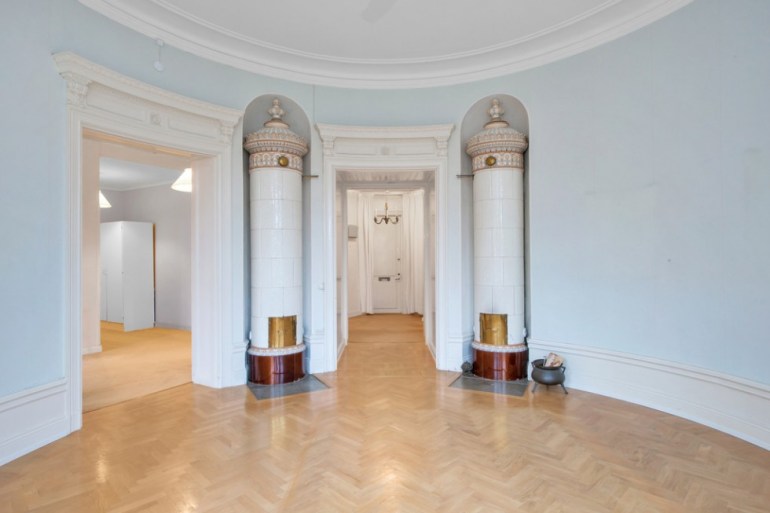
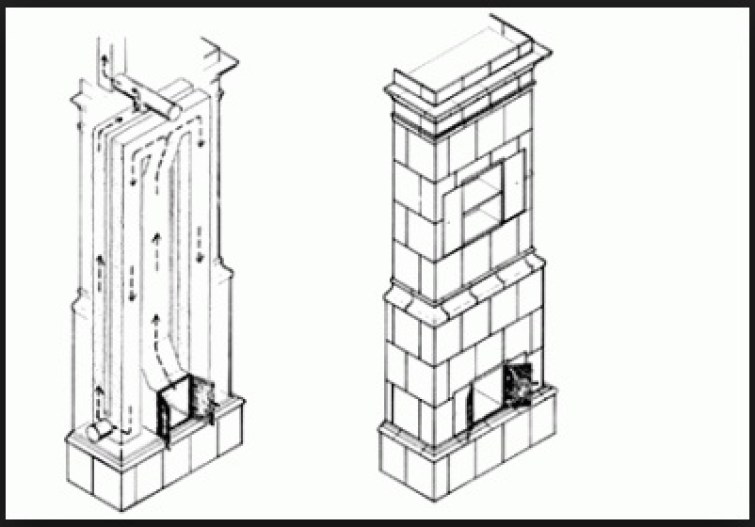

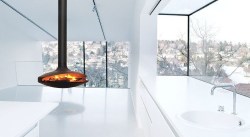
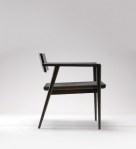

Hi,
Hello
Thanks for a good article. I also love these stoves. I just want to let you know that I have one for sale in Denmark – maybe you or one of your readers are interested. The ceramics a numbered and packed into boxes. Let me know if you are interested and I can send a picture. 🙂
All the best Anne
Hi Anne, thanks for the comment. I would love to have a real Kakelugn, but unfortunately I don’t have a suitable enough space for it now. But I’m happy to share your offer and I’m sure someone will get in touch.
Bye,
Mac
Dear Anne
Do you still have your stove for sale? I am moving into a small stone. Happy with my two little girls. I would love a kakelugn.
Best wishes Jess
Jess@jessshaw.com
I only just found out that most of my readers’ comments ended up in my Spam box, explaining my delay in responding, so sorry for that. Thanks Felipe for your kind comment!
Pingback: ON TREND: MONOCHROME INTERIORS - vkvvisuals.com/blog
Thanks for the good read, Machteld!
We are located in California and are looking for two round white kagelugn.
@Anne, Do you still have yours? I’m interested how it looks like. We are looking for two round white ones. 🙂
You’re welcome Paul, I hope you will find your Kakelugn all the way there in California.
Do the stoves work with natural gas? But Output?
Available rectangular stoves with blue decorations?
Hi Wilbur, these stoves are “accumulative” stoves, with a yield of an established 92.5%. They do not run on fossile fuels (which we don’t want anyway) but on wood. And since this stove burns the wood accumulatively, there is no CO2 emission. For more info have a look here: http://www.gabrielkakelugnar.se/en/
Hi —-I’m a (retired) masonry stove builder —have built a half of dozen or so Cronspisen —Im looking for info on obtaining a replacement meatal firebox —cant seem to find actual Cronspisen website or email address? any help appreciated
Thanks –Steve ps I really like the dual function of the Cronspisen system —-big heat output with the fan running —-& residual radiant heat from the mass Im surprised more companies havn’t built such a hybrid system
Hi Steve, thanks for commenting, I love these stoves too. If I google Cronspisen I get this: https://www.yumpu.com/sv/document/view/20536605/installations-anvisning-cronspisen-tiled-stoves
And this might be interesting too for you: https://insteading.com/blog/masonry-heater/
All the best, bye, Mac